A Galaxy of Gay Icons
From the 1940s to Today
What Makes A Gay Icon?
Author & columnist, featured on HBO, NPR, and in The New York Times
Why do some female stars become gay icons and others don't? What's the difference between a star with a big gay following and a star who becomes our patron saint ?
What are the 'rules' to becoming a gay icon and what do these icons have in common?
Sometimes the icons aren't even real! Like Samantha Jones from Sex and The City, Ursula the Sea Witch from The Little Mermaid, and Karen Walker from Will & Grace.
In this article, we’re going to use 10 different academic theories to explain the magnetic pull that certain women, both real and fictional, exert over gay men. From the queen of pop, Madonna, to the chic fashion powerhouse Miranda Priestly from "The Devil Wears Prada", these women offer more than just entertainment – they’ve become spirit animals to a lot of gay men.
Drawing from an array of theories such as Camp Aesthetics (Susan Sontag), Divine Femininity and Androgyny (Judith Butler), and even Queer Iconography Theory, we'll connect the dots on why these women ascended to iconic status. We'll analyze how their portrayals of femininity, power, and resilience offer a source of identification, inspiration, and liberation to gay men.
We’ll also explore the difference between gay icons and celebrities who merely have a big gay following. Popularity, while significant, is not synonymous with having a deeper cultural impact or ascending to iconic status.
A gay icon is more than just a popular star. They are like a lighthouse for the gay community. They stand for values and qualities that deeply touch people's hearts. They aren't just famous - they become symbols of shared understanding and identity.
Gay icons often project a sense of power, resilience, or defiance that resonates with the struggles and aspirations of the gay community. They symbolize certain ideals, such as liberation, self-acceptance, non-conformity, and the bold expression of one's identity. Their life stories, their art, or their public persona becomes a source of identification and inspiration for gay men.
Furthermore, these icons openly embrace their gay fan base, acknowledging and appreciating their support, thereby fostering a sense of belonging and community.
In short, while many celebrities can claim popularity within the gay community, not all can claim the cherished title of "gay icon." The latter is a status reserved for those who, either through their art or their actions, have struck a deeper chord, becoming symbols of affirmation, resilience, and liberation in the face of marginalization.
We'll also dig deep into why no men seem to crack the "gay icon" status. While male recording artists and actors may dominate the charts and the box office, their popularity doesn't necessarily translate into iconic status within the gay community. Why? Stay tuned.
Last but certainly not least, we bring receipts--a long list of gay icons since the 1940’s, complete with an in-depth analysis of why they’ve reached iconic status.
Okay, let’s get started!
The 10 Leading Academic Theories We'll Use To Explain Gay Icons
Difference Between Being Popular & Being Iconic
What Do Gay Icons Have In Common?
Why Aren’t There Male Gay Icons?
Gay Men Anoint Icons BEFORE They Come Out
Gay Icons of the 1930s and 1940s
Gay Icons of the 1950s and 1960s
Gay Icons of the 1970s and 1980s
Gay Icons of the 1990s
Gay Icons of the 2000s
Fictional Gay Icons
Wonder Woman
Julia Sugarbaker (Designing Women)
Buffy Summers (Buffy the Vampire Slayer)
Blanche Devereaux (Golden Girls)
Patsy Stone (Absolutely Fabulous)
Miranda Priestly (Devil Wears Prada)
Karen Walker (Will & Grace) (have pics)
Samantha Jones (Sex and the City)
Ursula the Sea Witch (The Little Mermaid)
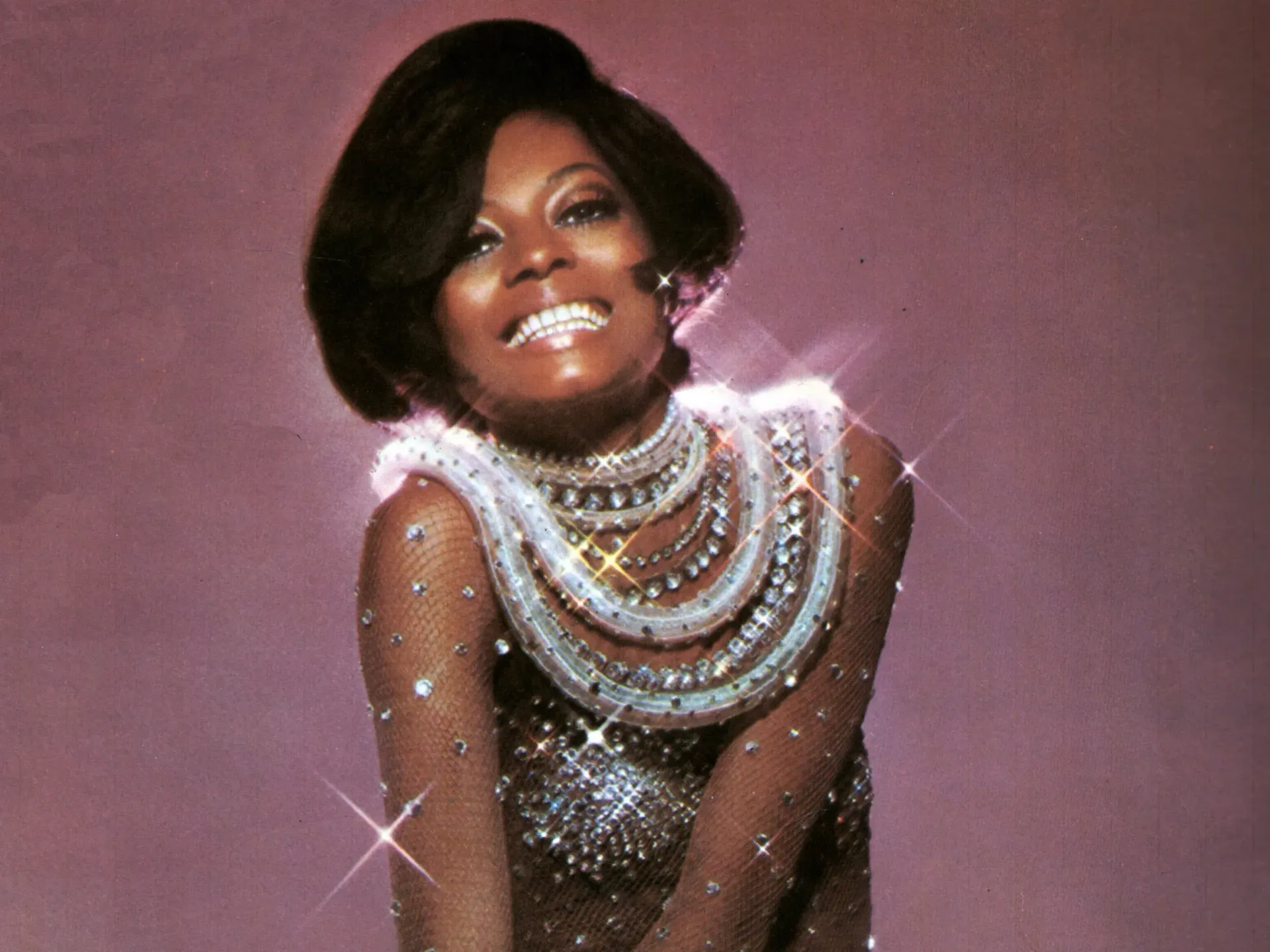
The 10 Leading Academic Theories We'll Use To Explain Gay Icons
We're about to dive deep into the glittering world of gay icons like Jennifer Coolidge and decode the mystery behind their appeal to gay men. But don't worry, we've got a treasure map to guide us: a bunch of super-smart theories from some of the greatest minds out there. Check it out:
Camp Aesthetics Theory (Susan Sontag):
Sontag suggests that the aesthetic of 'Camp', which celebrates exaggerated, theatrical elements, is crucial in the queer community's admiration for certain female celebrities. This aesthetic often coincides with a diva's flamboyance or dramatic performance style.
Divine Femininity and Androgyny Theory (Judith Butler): According to Butler's gender performativity theory, individuals perform gender rather than possess it intrinsically. Gay men may idolize certain female icons for their expressions of femininity, power, or androgyny, which they themselves might not socially be allowed to express.
Identification and Resilience Theory (Diana Fuss): Fuss explores identification as a powerful psychological process. Gay men may identify with female celebrities who faced adversity and remained resilient, reflecting the shared experience of overcoming societal prejudice.
Liberation Theory (Adrienne Rich):
Rich proposed the idea of a "lesbian continuum," suggesting that women's relationships exist along a spectrum. This idea could be expanded to suggest that gay men might idolize certain female figures because these women represent a liberation from heteronormative constraints.
Homosocial Desire Theory (Eve Kosofsky Sedgwick): Sedgwick posited that intense bonds, often not sexual, exist among people of the same sex in a heteronormative society. Gay men may idolize female icons as a means of forming non-sexual but intense bonds with other gay men, strengthening their sense of community.
Marginalized Representation Theory (Stuart Hall):
Hall's theory of representation suggests that marginalized groups often identify with figures who are similarly marginalized. Female celebrities who are publicly vocal about their struggles can be seen as relatable figures for the gay community.
Mirror Image Theory (Lacan's Mirror Stage):
Lacan's psychoanalytic theory suggests that a child's recognition of themselves in the mirror is fundamental to their self-concept. As adults, gay men may see elements of their own identity, struggles, or aspirations reflected in certain female celebrities, leading to idolization.
The "Other" Theory (Simone de Beauvoir): In her exploration of women as the "Other," de Beauvoir argues that women are often marginalized and viewed as outsiders in a male-dominated society. This feeling of being an "Other" may resonate with gay men, who may also feel marginalized in a heteronormative society.
Feminist Icon Theory: Some female celebrities may be idolized because they are seen as feminist icons. They challenge societal norms and expectations about gender and sexuality, which can resonate strongly with gay men.
Transgressive Theory (Jack Halberstam): Female celebrities who break boundaries and challenge societal norms can become symbols of transgression. As a marginalized community, gay men may identify with these celebrities and admire their defiance of societal expectations.
Queer Iconography Theory: This theory suggests that certain celebrities become icons due to their involvement with or influence on the queer community. This may be due to their activism, their roles in LGBTQ+ media, or their willingness to speak out on issues affecting the LGBTQ+ community.
So, there you have it—the secret academic recipes for a gay icon, decoded.
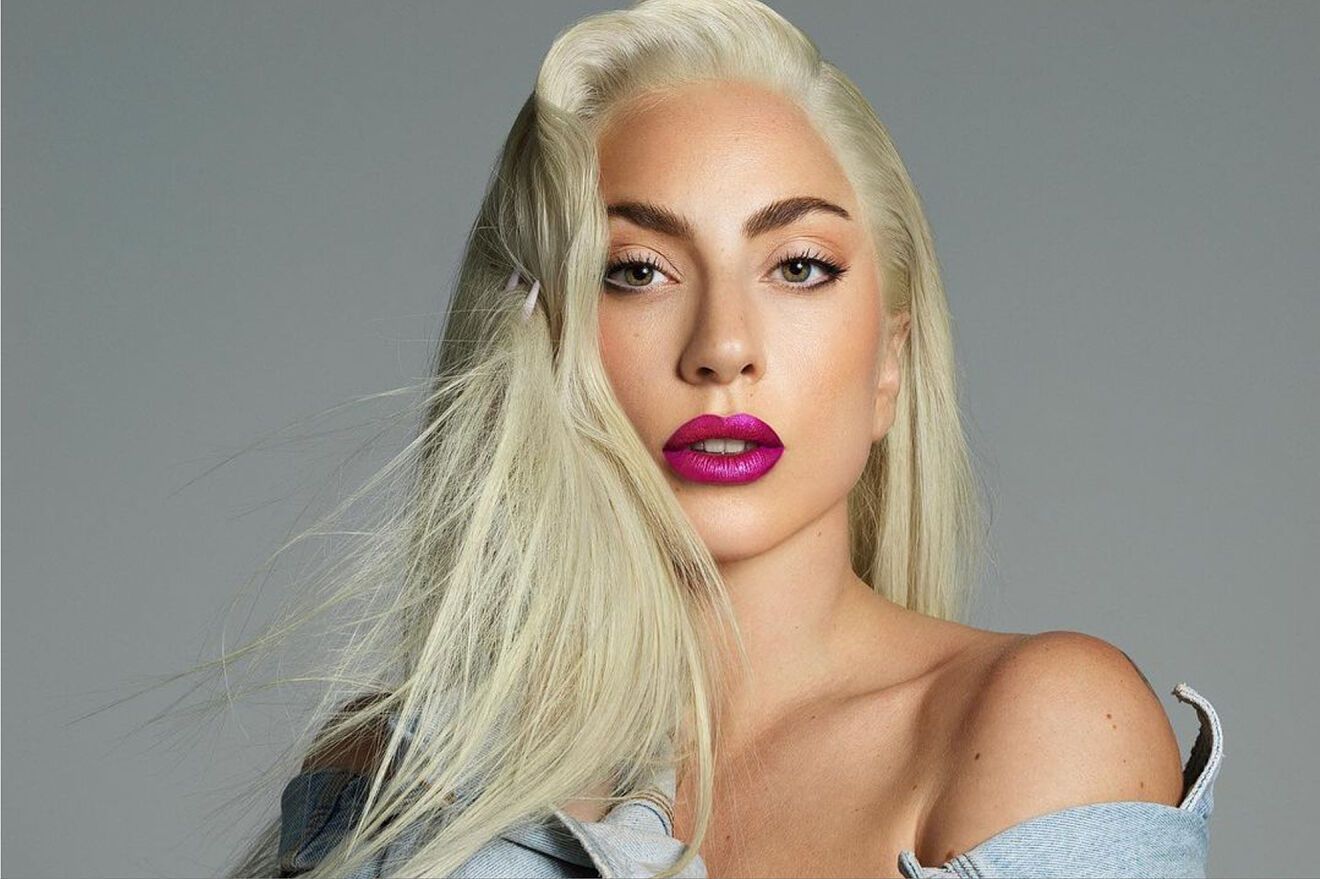
The Difference Between Being Popular & Being Iconic
What distinguishes a star popular with the gay community from an icon deeply ingrained within its core? How does a figure like Ariana Grande, loved by many gay men, differ from a revered gay icon like Lady Gaga?
And most importantly, what alchemy transpires to elevate a star from being simply admired to universally celebrated within the LGBTQ+ community?
Ariana Grande is a fantastic singer with an amazing personality. She's like a cool, bright color that attracts many fans, including gay men. Her bold style and her ability to stay strong in tough times connect well with the gay community. It's like she speaks their language through her music and style, making her very popular.
But then, there's Lady Gaga, a true gay icon. What's the difference? It's all about how much deeper her connection is with the gay community. Let me explain.
Think of Lady Gaga as a rainbow. She doesn't stick to one color - she embraces them all. She doesn't believe in strict rules about how boys or girls should act, dress, or be. She shows us that it's okay to be different. This reflects a theory by Judith Butler, who believes that gender isn't about what you are, but how you act and feel. Lady Gaga’s actions encourage her fans, especially gay men, to be themselves, no matter what society says.
Gay Icons Go Beyond Popularity & Talent
Also, Lady Gaga represents freedom, much like a bird soaring high in the sky. She fights for everyone to love who they want, not caring about traditional rules. She's like a superhero, standing up for LGBTQ+ rights and starting an organization, the Born This Way Foundation, to support this cause. Because of this, her connection with the gay community feels deeper and more personal.
Have you ever seen yourself in someone else? Maybe they've gone through the same struggles as you, making it easier for you to connect with them. That's what happens between Lady Gaga and the gay community. They see their struggles, their fight, and their spirit reflected in her, just like a mirror image.
Finally, Lady Gaga is like a brave explorer, boldly going where others might be afraid to go. She's not afraid to break the rules and challenge what society expects, making her a symbol of rebellion and strength. This echoes a theory by Jack Halberstam about stars who dare to defy expectations.
So, what separates a star with a big gay following like Ariana Grande from a gay icon like Lady Gaga? It's all about the depth of connection. It's about seeing and being seen, fighting and standing strong, and most importantly, daring to be you. That's how a star becomes an icon.
Remember when Lady Gaga wore that famous meat dress at the 2010 MTV Video Music Awards? Many people saw it as just a wild fashion statement. But Gaga used it as a bold symbol to protest against the military's "Don't Ask, Don't Tell" policy, which was harmful to the LGBTQ+ community.
During an interview with Ellen DeGeneres following the 2010 MTV Video Music Awards, Gaga clarified that the dress, made entirely of raw beef, was a protest against the US military's "Don't Ask, Don't Tell" policy and a statement in support of the rights of everyone, including those in the LGBTQ+ community.
She said, "If we don't stand up for what we believe in and if we don't fight for our rights, pretty soon we're going to have as much rights as the meat on our own bones. And, I am not a piece of meat."
Lady Gaga’s decision to use her platform at a major music event to raise awareness about this discriminatory policy exemplifies the strength of her connection to the LGBTQ+ community. She's not just a performer; she's a vocal advocate who is willing to challenge norms, much like the explorer I mentioned earlier.
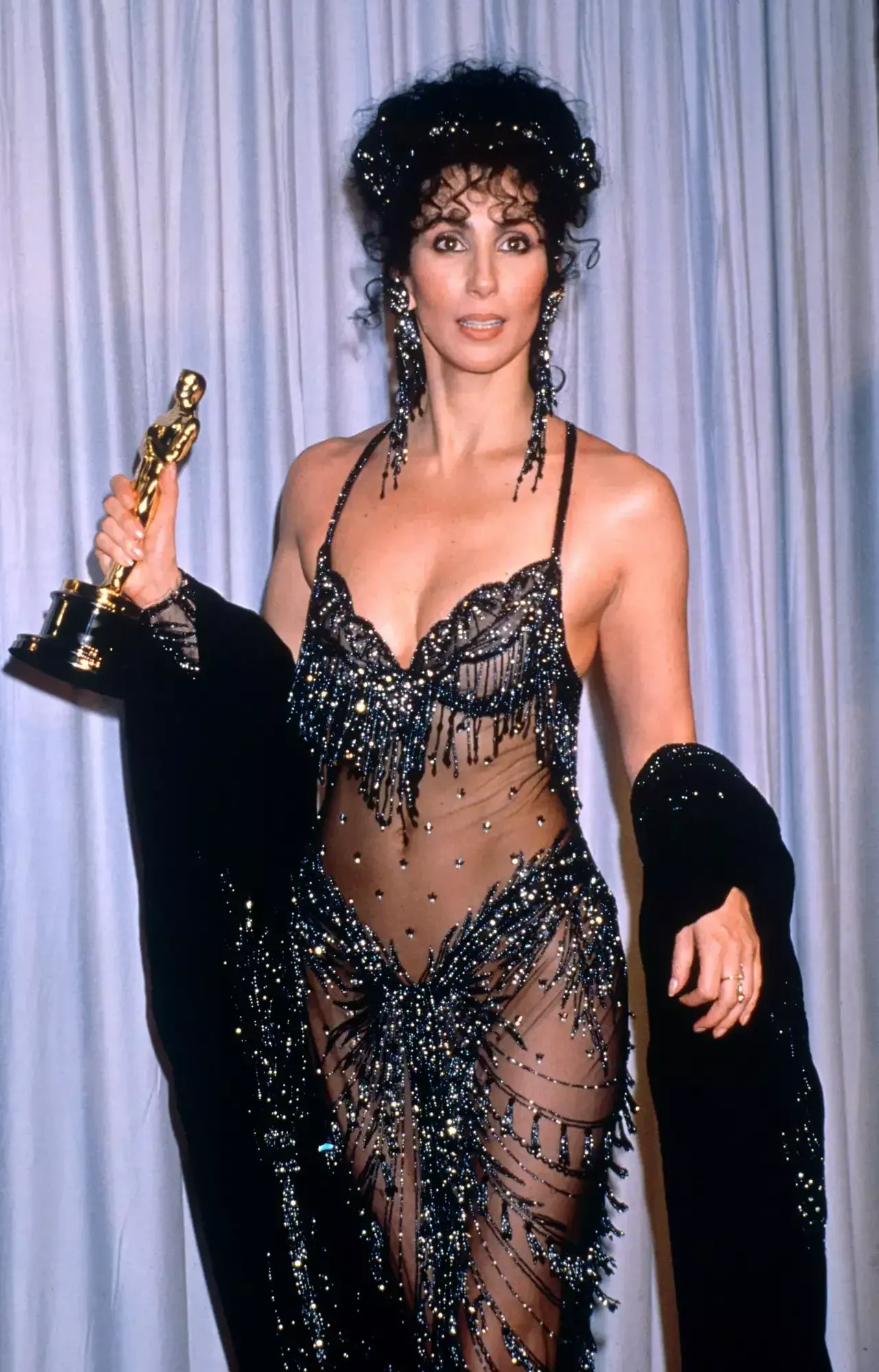
What Do Gay Icons Have In Common?
What commonalities explain how female stars transcend their own identities to become such powerful symbols for the gay community? Are there shared threads of experiences, characteristics or traits between, say, Cher and Jennifer Coolidge, that explain their exalted status within the queer culture?
The aesthetics of 'Camp', as proposed by Susan Sontag, are indeed a common factor. It's the celebration of exaggerated, theatrical elements that appeal strongly to the queer community. This flamboyance, this dramatic style, seems to resound on the same frequency as the gay community, creating an almost palpable connection.
Now consider Judith Butler's gender performativity theory. She proposes that gender is performed rather than inherent. Icons like Streisand and Coolidge exhibit a remarkable expression of divine femininity, power, or even androgyny. These expressions might be ones that gay men desire to exhibit, but social norms might restrict them from doing so.
Let's delve a bit into psychology. Diana Fuss talks about the powerful process of identification. The resilience of some female celebrities in the face of adversity (Joan Crawford, Barbra Streisand) mirrors the shared experience of the gay community overcoming societal prejudice. These icons are not just celebrated, but deeply identified with.
Gay Icons Across Generations
What makes wildly different stars like Bette Davis and Bette Midler resonate with the gay community? Are there similarities between the two that have led to their recognition as gay icons? Are they simply sharing the coincidence of a first name, or is there something deeper?
At a glance, you might think the Camp Aesthetics Theory comes into play here. Both Davis and Midler are renowned for their theatrical flair, the over-the-top performances that are cornerstones of Camp. Davis with her legendary roles in cinema, and Midler with her larger-than-life stage presence, are certainly figures that thrive on drama and flamboyance.
But what about the Divine Femininity and Androgyny Theory by Judith Butler? Both Davis and Midler have unapologetically expressed power and assertiveness, traditionally seen as 'masculine' traits, alongside their femininity. Davis with her indomitable characters and Midler with her brassy comedy, have defied societal norms in the expression of gender.
Could we consider Diana Fuss's Identification and Resilience Theory as well? The answer is, absolutely. Both Davis and Midler faced numerous challenges in their personal and professional lives. The resilience they demonstrated, their refusal to be silenced or erased, echoes the shared experiences of the gay community battling societal prejudices.
While Liberation Theory, Marginalized Representation Theory, and other such theories offer additional lenses to view their iconic status, the underlying thread is the connection they've established with the gay community. Whether it's through their unique expressions of gender, their defiant resilience, or their dramatic allure, gay icons have secured their positions by being reflections of the community's own struggles, strengths, and aspirations.
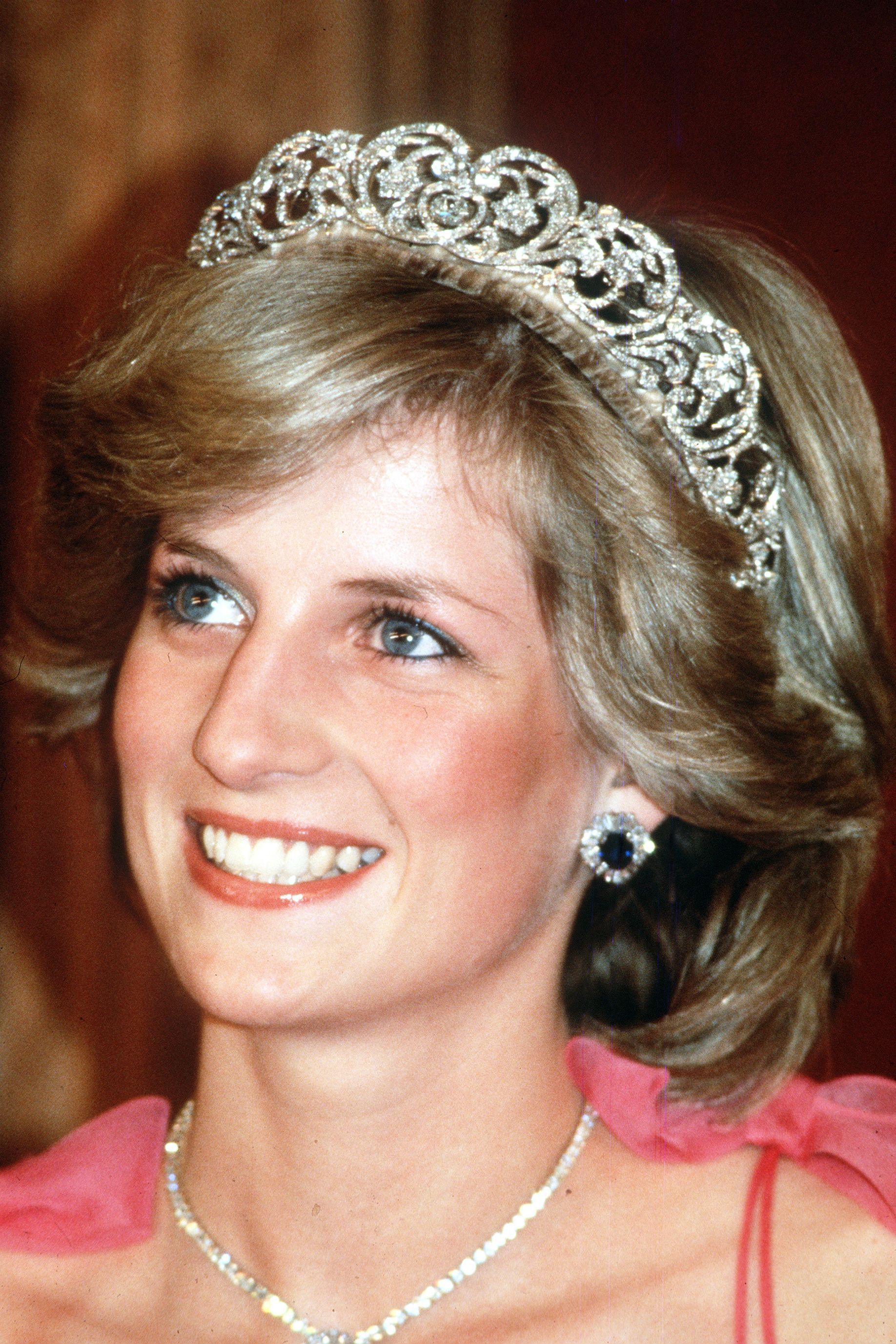
Why Aren’t There Male Gay Icons?
When we think of gay icons, the names that pop up are often women like Madonna, Lady Gaga, or Judy Garland. But why there are virtually no male gay icons?
Why don't male celebrities enjoy the same status, despite having sizable gay fan bases?
Sure, there are GAY male icons (Elton John, George Michael, Neil Patrick Harris) but why aren’t there STRAIGHT ones? After all, female gay icons are universally hetero or bi.
Well, a significant factor is that many male artists almost never openly acknowledge their gay fans, depriving them of the sense of affirmation and representation that is a prerequisite for becoming a gay icon.
Plus, let’s face it, everything changes when sexual attraction rears its big, beautiful head.
There’s a big difference between being the subject of admiration and the object of desire. It overshadows other aspects of the potential icon’s identity or influence, and shifts the focus from their symbolic importance or the values they represent to their physical appearance or sexual appeal.
That dynamic almost disappears with female icons, as gay men are able to appreciate and identify with them without the added layer of sexual attraction.
Female icons can symbolize a range of virtues – strength, resilience, nonconformity – without that admiration being conflated with sexual desire. This leads to a stronger, more 'pure' icon status.
According to Dr. Patricia Johnson, a professor in LGBTQ+ studies, "Male celebrities, even those with large gay followings, seldom reach the status of 'gay icon.' This is a complex issue rooted in the dynamics of gender, representation, and identity."
Gender Dynamics and Representations
Let's take Ricky Martin, for example. He's an out gay man with a massive gay fanbase, yet he doesn't hold the same iconic status in the gay community as, say, Cher. Why is that?
Dr. Johnson suggests that one factor might be the cultural dynamics of gender and representation. "Female icons often embody a kind of defiance and resilience that resonates deeply with many gay men," she explains. "They see in these women a mirror of their own struggle against societal norms and expectations."
On the other hand, male celebrities, even those who openly identify as gay, don't often portray this same defiance or resilience. Instead, they tend to conform to the societal norms of masculinity.
Emotional Connection and Identification
Another crucial factor lies in the realm of emotional connection and identification. "For many gay men, their early years are marked by a sense of 'otherness', a feeling of not quite fitting into the prescribed male role," explains gender theorist Dr. Leo Porter.
"This 'otherness' often finds a connection in strong, rebellious, or marginalized female characters, leading to a deep emotional bond." However, this type of bond rarely forms with male celebrities. Despite their talent or popularity, they simply don't offer the same level of identification for many gay men.
Male Celebrities and the Fear of 'Othering'
Additionally, Dr. Rebecca Miller, a sociologist specializing in LGBTQ+ culture, argues that many male celebrities seem hesitant to acknowledge or embrace their gay fanbase openly.
She cites the case of Harry Styles, known for his flamboyant fashion sense and cryptic comments on sexuality, who commands a significant gay following but has never openly identified as
anything.
"Styles, and others like him, seem unwilling to risk being 'othered' by the mainstream, which might be a factor in their inability to reach gay icon status," Dr. Miller explains.
The Power Dynamic in Male Idolatry
Finally, Dr. Johnson points out another potential factor: the power dynamic in idolatry. "Admiring a male celebrity can come with a certain sexual tension or desire, which changes the nature of the relationship," she suggests. "With female icons, the admiration is often purer, more aspirational."
In other words, the attraction many gay men feel towards male celebrities might complicate their ability to see them as icons in the same way they see their favorite divas.
So, while many male celebrities enjoy significant gay followings, the combination of societal gender norms, emotional connections, reluctance to be 'othered', and complex power dynamics often preclude them from reaching true gay icon status. It seems, at least for now, the divas still reign supreme.
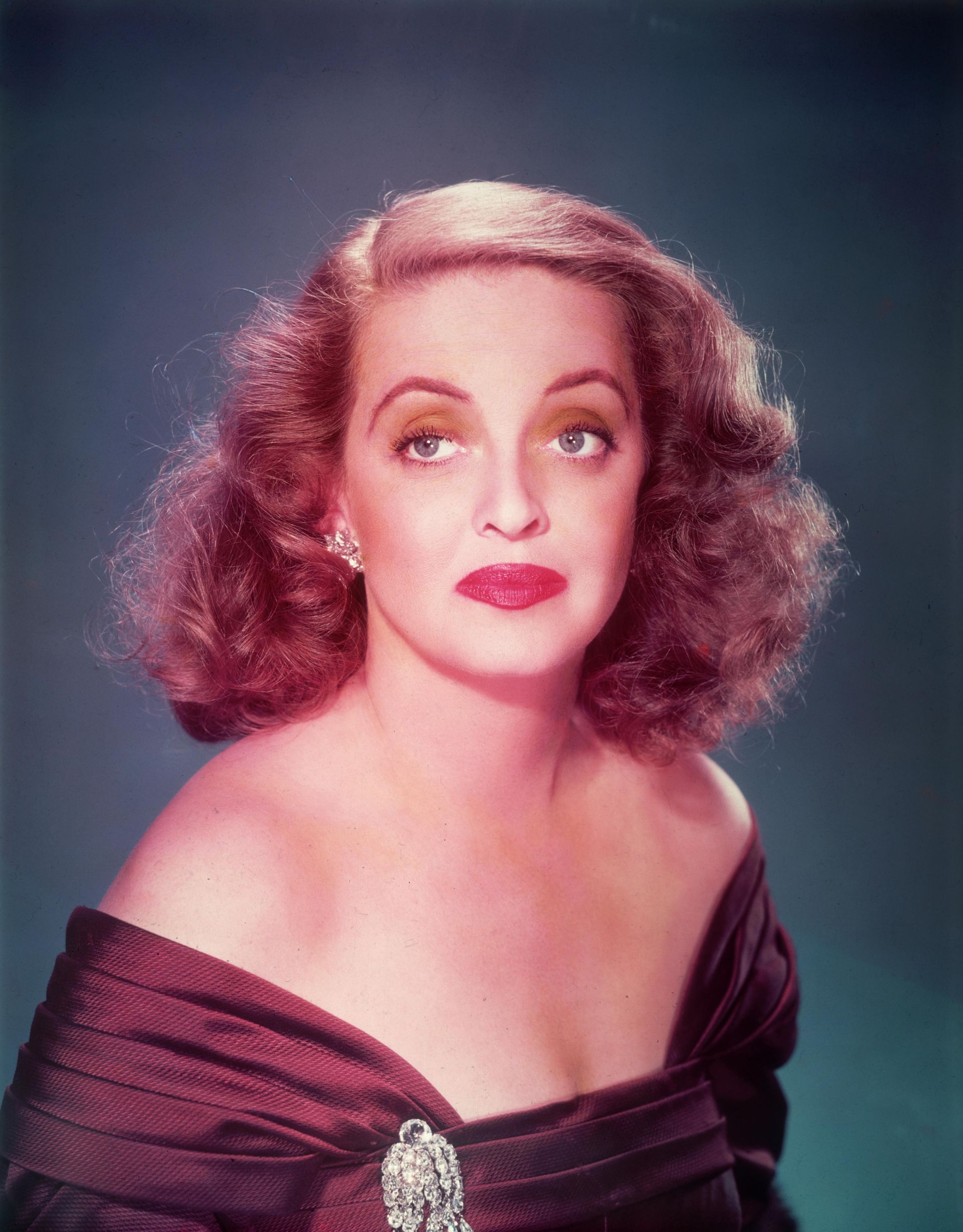
Gay Men Anoint Icons BEFORE They Come Out
One fascinating thing about how gay men connect with female pop icons is that the bond often starts early.
Like way before they even know they're gay, come out or find a gay community. Young gay guys will pick divas who become their heroes despite not knowing other gay men who might point them out. This shows the strong need for role models who reflect identities not yet fully understood.
As Dr. Ryan L. Jones, a leading scholar in LGBTQ+ studies, observed, "It's not uncommon for gay men to identify with or be drawn to certain female celebrities before they even fully understand their own sexuality."
But why does this connection form so early? Psychologist and gender studies professor Dr. Aiden Collins explains that, for many gay men, these female icons provide a blueprint for their identities at a time when they may feel different or isolated.
"These women embody strength, defiance, and authenticity," Collins explains. "For young gay men grappling with their identity, these qualities can resonate deeply, offering a sense of acceptance and possibility."
Indeed, in the face of social stigma or internal confusion, a strong, successful woman who defies norms can offer a kind of surrogate representation, showing that it's not only possible, but also powerful, to be different.
The Power of Identification
Another layer to this phenomenon is the theory of identification. Gender theorist Dr. Dana Elliott argues that, "By identifying with a strong, rebellious, and often misunderstood female character, gay men can explore their own feelings of being an 'other' in a safer, more acceptable way."
This act of identification allows gay men to acknowledge, at least subconsciously, their own non-conforming identities, forming an emotional bond with these women that extends beyond mere fandom.
More Than Community Approval
While there's no doubt that the gay community plays a significant role in anointing certain celebrities as 'gay icons', this early individual attraction indicates that there's more to the process than simple community approval.
As Dr. James R. Brandon, a sociologist specializing in LGBTQ+ culture, puts it, "The fact that these connections often form before a gay man joins the wider community underscores the deep, personal resonance these icons have. It's not just about who the community deems worthy, but who fulfills a deeply ingrained psychic need for representation, affirmation, and aspiration."
Reflection of Inner Desires and Needs
Indeed, these early connections to female icons speak to the core of what it means to be a gay icon. It's not just about popularity or appeal, but about a shared journey, a defiance of norms, and the promise of being unapologetically oneself.
"The selection of a gay icon is as much a reflection of individual needs and desires as it is a collective decision," explains Dr. Lucy Atkins, a professor of Gender Studies. "It's about seeing oneself reflected in another, and feeling seen and understood."
In essence, this early, pre-community connection to female icons showcases the deeply personal, complex interplay of factors that define a 'gay icon'.
It's not merely a cultural stamp of approval but a testament to the profound, individual journey each gay man undergoes towards self-acceptance and self-expression.
